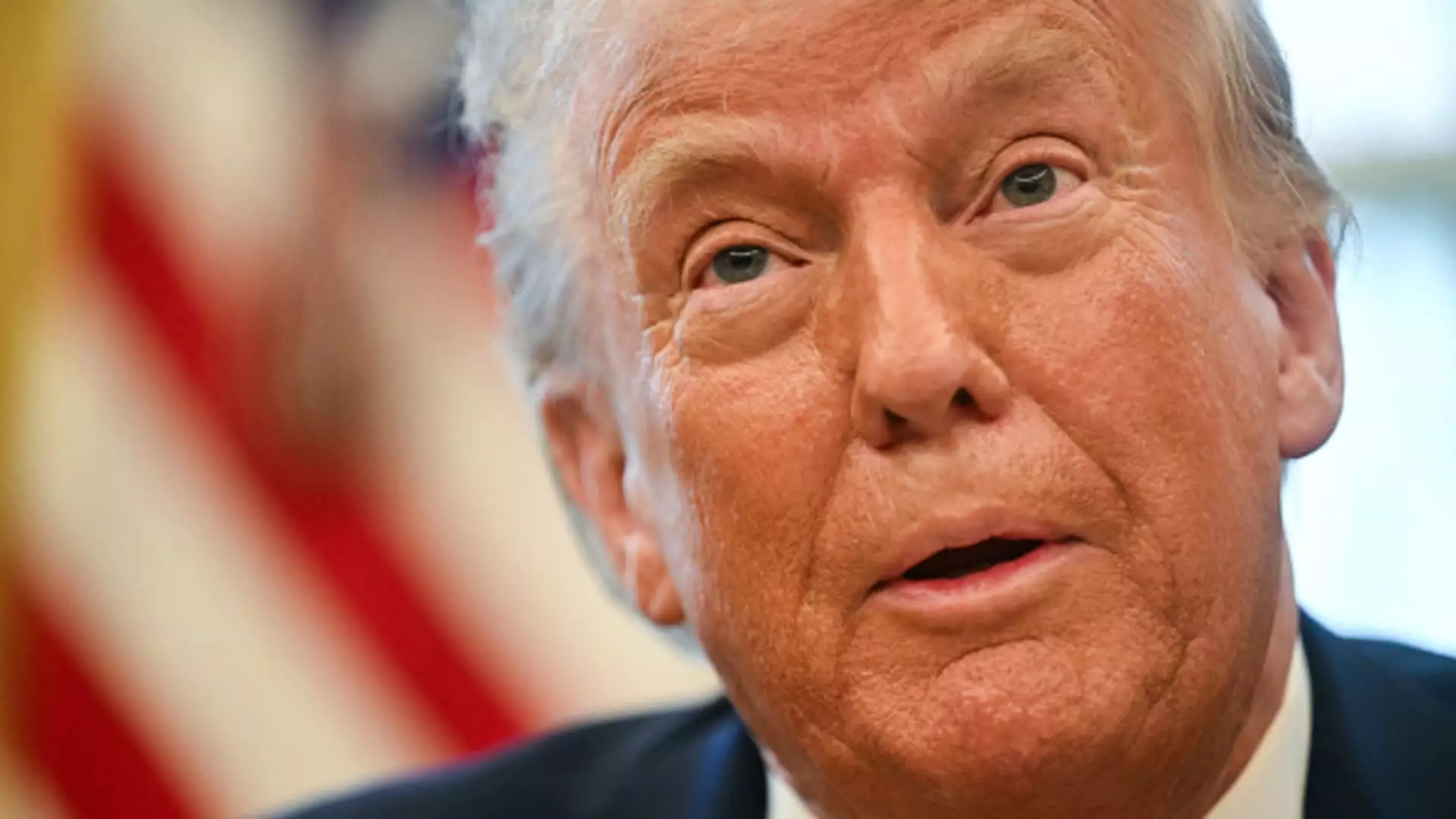In a significant move that could reshape the economic landscape of the United States, President Donald Trump recently endorsed the establishment of a government-operated sovereign wealth fund. This executive order, signed on Monday, aims to leverage U.S. financial assets for enhanced economic growth and infrastructure development. Besides the potential to revitalize sectors like airports and highways, there is speculation that this fund could also serve in negotiations regarding the popular social media platform TikTok, particularly in the face of its recent security controversies.
The overarching goal of this sovereign wealth fund is articulated as a means to monetize the aggregate value of U.S. federal assets for the benefit of American citizens. Treasury Secretary Scott Bessent highlighted that the fund would incorporate a diverse array of financial instruments, including liquid assets and existing U.S. resources. This strategy aligns with Trump’s vision of executing “great national endeavors,” a phrase that encapsulates the ambition to bolster the country’s infrastructure and global competitiveness.
The utilization of tariffs and other financial mechanisms to fund this initiative is particularly interesting. It draws a contrast with the funding models employed by other sovereign wealth funds worldwide, which often utilize taxation on natural resources or financial transactions. The U.S.’s historically unique position—its substantial fiscal deficits—poses fundamental challenges to this model, raising questions about sustainability and viability.
Examining established sovereign wealth funds from countries like Norway and China can provide insight into the potential benefits and pitfalls of the U.S. model. Norway’s sovereign wealth fund, for instance, boasts over $1.7 trillion in assets, making it the largest globally. These funds usually serve as avenues for nations with surplus revenues to invest in global markets, enhancing both their economic influence and financial stability. In contrast, the U.S., with its ongoing budgetary strains, stands in a precarious position that complicates the creation of a successful sovereign wealth fund.
While the initiative can potentially place the U.S. on a more competitive footing with countries that have successfully leveraged their resources, challenges related to governance, transparency, and fiscal prudence remain paramount. Critics of sovereign wealth funds frequently cite concerns over lack of oversight and the risk of corruption, which underscores the need for rigorous regulatory frameworks if the U.S. is to pursue this avenue.
As the agenda unfolds, the timeline set by Trump to operationalize this fund within 12 months will require decisive action and strategic planning. The implications of such a fund extend beyond immediate economic benefits; they touch upon themes of national security and global influence, particularly amid efforts to manage and integrate platforms like TikTok into a U.S.-centric economic framework.
Ultimately, while the ambitious proposition of a U.S. sovereign wealth fund holds substantial promise, its success hinges on careful consideration of various economic variables and societal implications. The outcome of this initiative may well set a precedent for how public assets are managed and utilized in the future, thus warranting focused discussion, transparent governance, and an emphasis on sustainability to adequately serve the American populace.


Leave a Reply